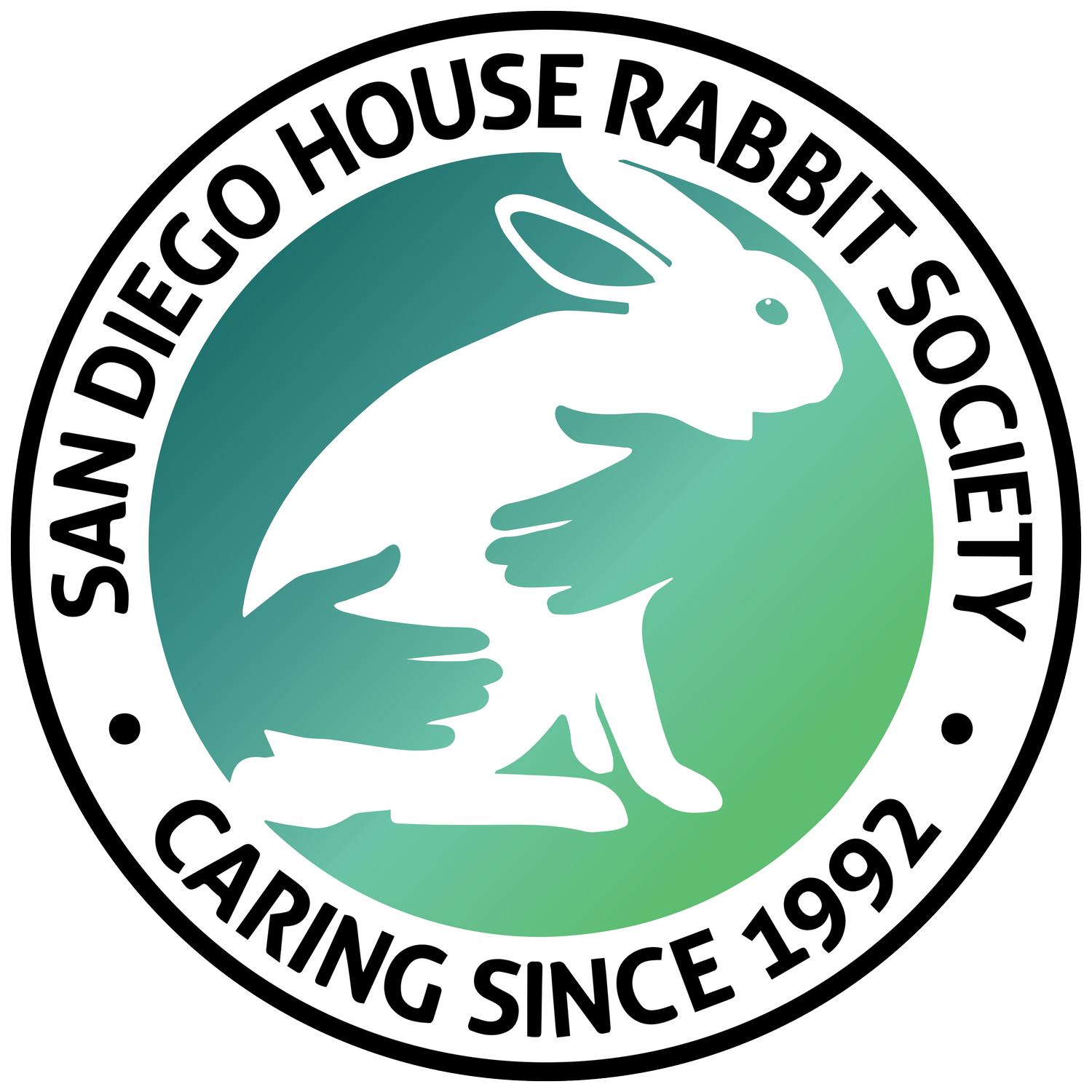Flooring Tips
It is important to have non-slip flooring so your rabbits can grip the ground while they hop and jump. If you lay towels or blankets on hard surfaces, find ones with non-slip material on one side. Slipping can cause injury. Many rabbits are unsteady and untrusting of slippery floors and may treat tile and wood with nervousness — that feeling like “the floor is lava!”
The following flooring examples can also help to protect your flooring:
Fleece blankets
Towels
Blankets
Carpet/carpet squares
Foam puzzle mats
Linoleum or vinyl - a roll of linoleum or vinyl placed over your rabbits area can help to protect wooden floors, carpets, tile, etc.. Make sure to place a non-slip flooring on top to prevent slipping
Preventing Sore Hocks
Having appropriate flooring for your rabbit can also prevent the development of sore hocks, which occur when the fur on the rabbit’s heel is worn down to the bare skin, or in severe cases, the bone. Left untreated, sore hocks can lead to possible infection. Certain breeds, such as the rex, are more susceptible to sore hocks, so keep a close eye on your rabbit’s back feet.
If you find your rabbit developing sore hocks, switch their flooring to a material with more cushion. Even fleece and polyester can contribute to sore hocks because these materials are made from plastics that are abrasive to skin and fur — think of it like rug burn that can occur when bunnies do zoomies and binkies. Layering a cotton sheet and other natural fibers over a layer of fleece blankets can help, providing proper cushion and a less abrasive material over.
Digging in corners is a natural instinct for rabbits. If you find your rabbit digging at corners, placing a tile over that corner can help to deter that behavior. Replace chewed-on blankets or towels. Swap out flooring if your rabbit actively eats a certain type.


